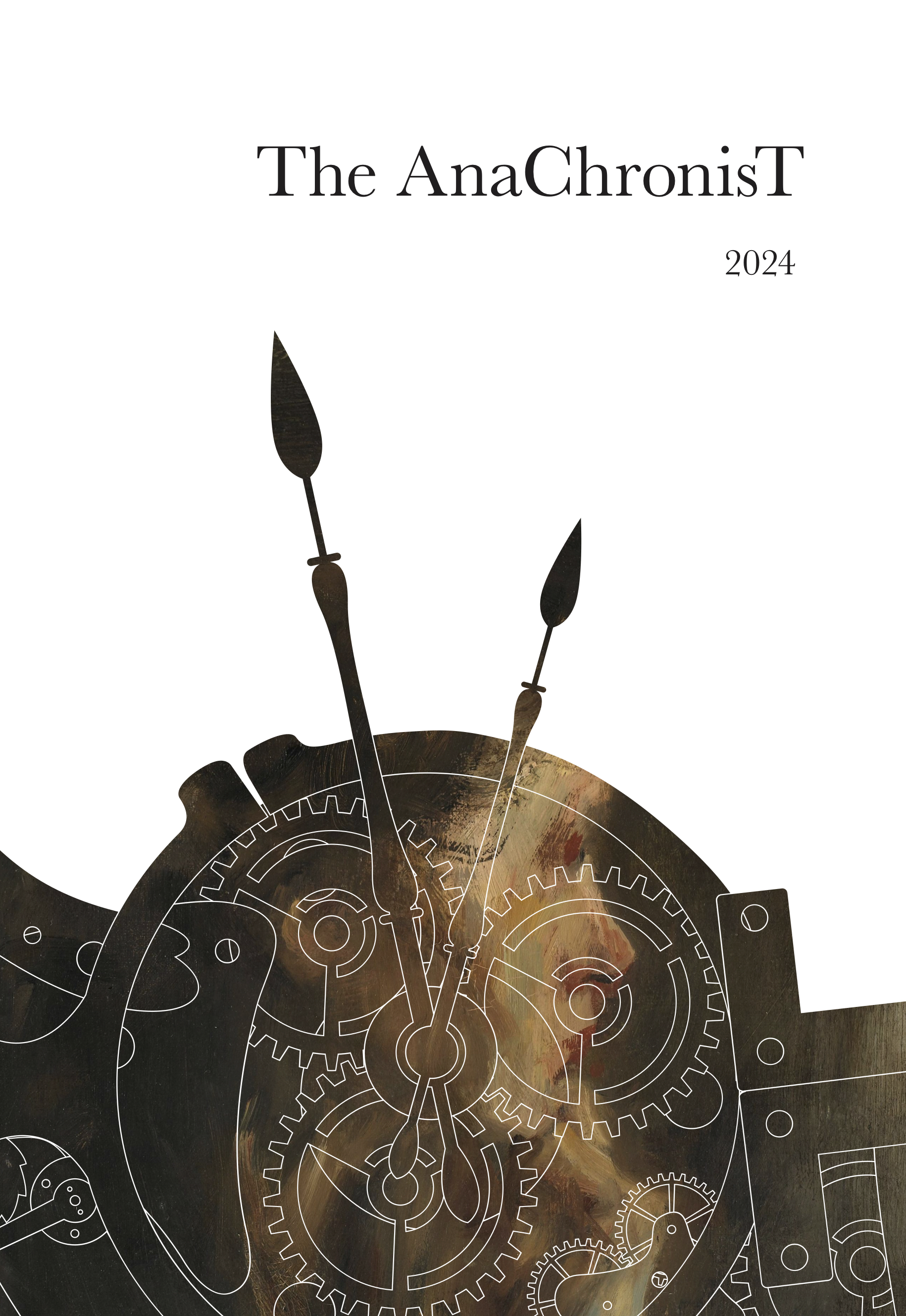Reading Habits and Stylistic Discrepancy in Northanger Abbey
The Evolution of Catherine Morland
DOI:
https://doi.org/10.53720/PHDE9123Abstract
In the past decades, scholarly discourse surrounding Northanger Abbey has predominantly favoured a two-part structural division, attributing stylistic disparities to the novel’s extended composition and publication process. However, a more intricate perspective emerges from a division into three stylistically unique sections. This reflects more closely the different stages of Catherine Morland’s development and the impact of her reading habits within varying narrative contexts. While the novel explores the activity of reading books, it also delves into questions of interpreting and comprehending the world. Catherine’s fascination with Gothic novels serves as both a narrative device and a thematic exploration, reflecting her vivid imagination and the tensions between fiction and reality. This essay contends that the trichotomous division offers a more nuanced perspective on the interplay between narrative structure and character evolution. It emphasises the role of reading habits in Catherine’s growth and underscores the transformative potential of literature in shaping perspectives, shedding new light on the novel’s narrative style. To investigate the stylistic changes of Northanger Abbey and their correlation with Catherine Morland’s development, this essay utilises a blend of quantitative stylistic analysis and close reading, highlighting how Austen’s narrative technique reflects and shapes the protagonist’s journey.

